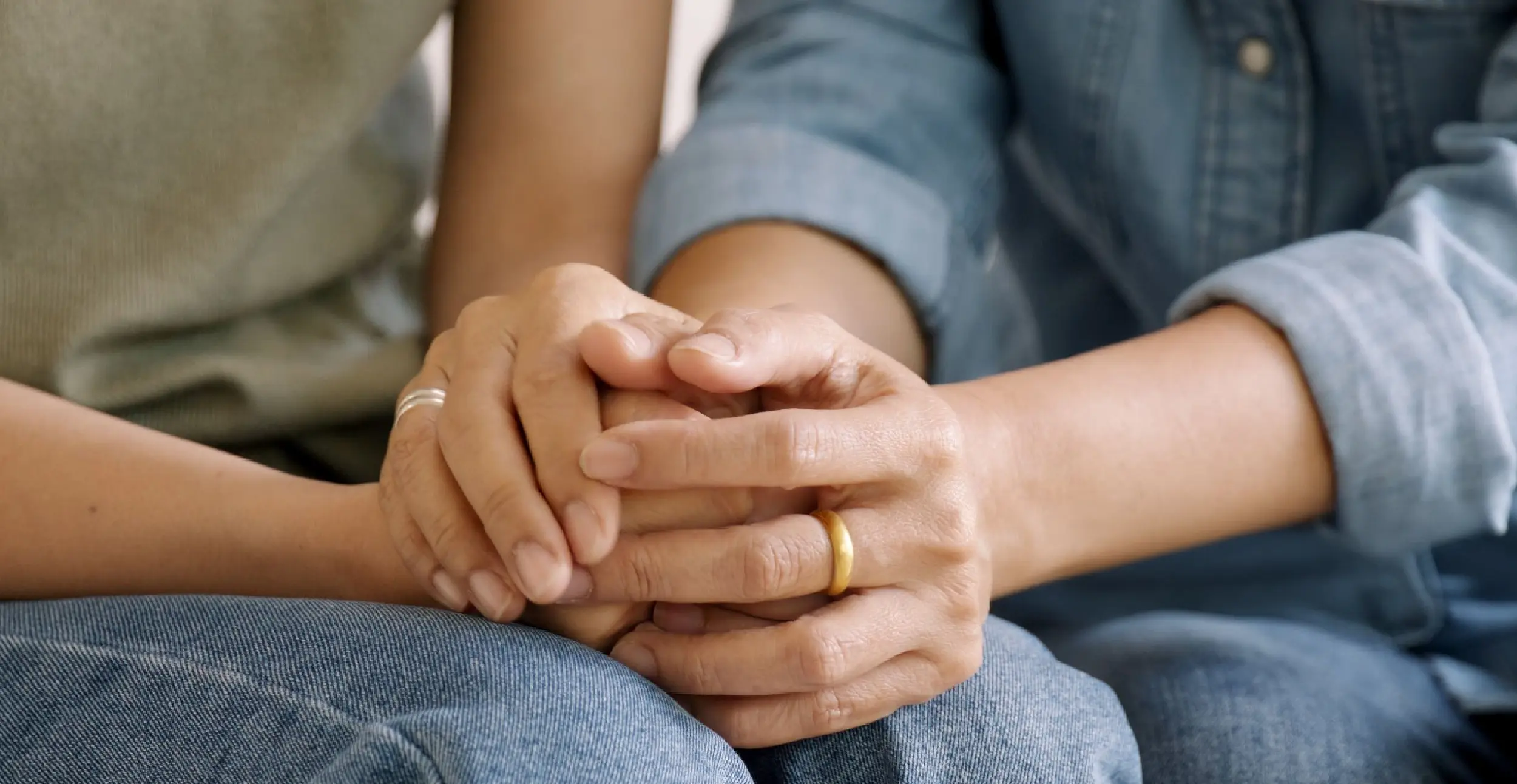Phobias and fears are relatively common disorders, and a comprehensive list of phobias would be quite extensive. According to the National Institute of Mental Health, more than 10 million American adults suffer from a phobia.

Parent Information
How To Help A Teenager With Anxiety And Depression?
Anxiety and depression affect nearly 40% of teenagers, impacting their health, relationships, and academic performance. Learn the warning signs, different types of disorders, and how to support your teen through difficult times.




